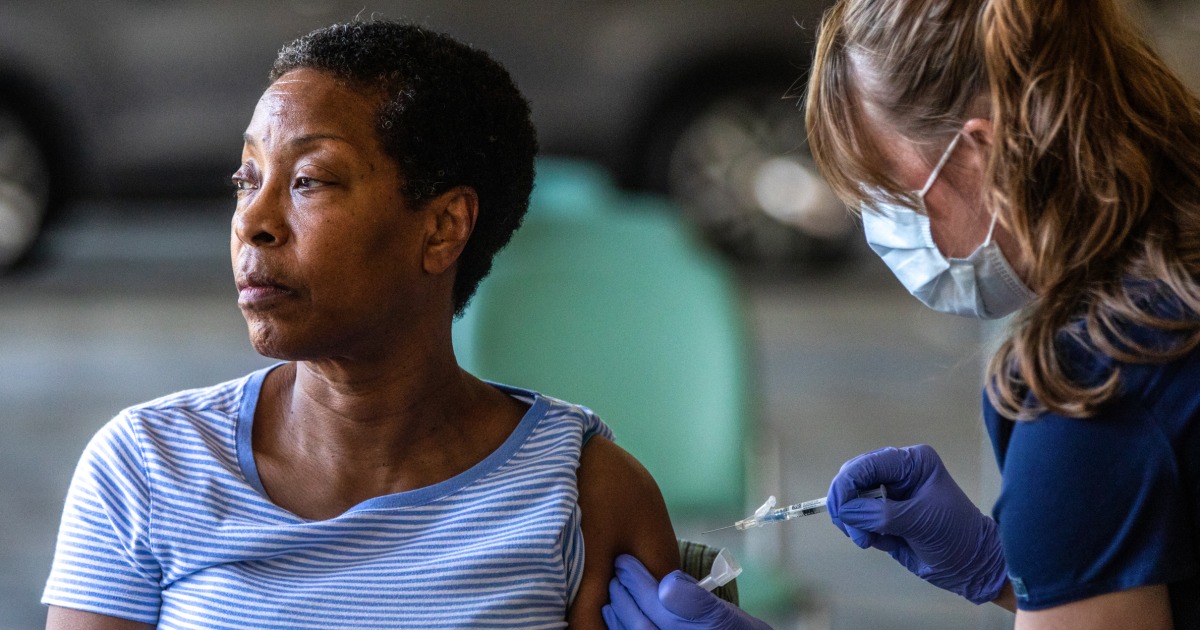
A new Covid variant has become dominant in the U.S., but relatively few people have thus far gotten the new shots that could offer some protection against it.
The variant, called HV.1, replaced EG.5 as the country’s most prevalent this week, according to data released Friday by the Centers for Disease Control and Prevention.
The two variants are genetically similar versions of omicron.
HV.1 makes up around 25% of Covid cases now, up from around 1% at the beginning of August. EG.5, meanwhile, represents nearly 22% of cases, down from 24% at the start of the month.
Both are descendants of the XBB variant. The updated Covid vaccines from Pfizer and Moderna, which became available last month, target a different XBB descendant, called XBB.1.5.
But disease experts say the new shots should offer cross-protection against the currently dominant strains. Dr. Scott Roberts, an infectious disease specialist at Yale Medicine, said that although the vaccine is not a “perfect match” for HV.1, “it’s still a good match because it’s still within the same family of variant.”
However, just around 3.5 % of the U.S. population — approximately 12 million people — have received the new Covid shots since they became available in mid-September, a CDC spokesperson said. He cautioned that the number is a rough estimate because states are no longer required to report vaccination numbers.
“I hope uptick increases, but I’m pretty pessimistic,” Roberts said. “I don’t think we’ll hit anywhere near the levels we had last year.”
A few factors have hindered this season’s vaccine rollout. On top of the issues of accessibility and hesitancy seen in past vaccination campaigns, this was the first time such vaccines were part of the commercial market instead of being ordered, distributed and funded by the federal government.
“The logistic complications certainly were not helpful, but I think that the low uptake is more than that. The low uptake reflects that most of the public is no longer concerned about Covid,” said Dr. Dan Barouch, director of the Center for Virology and Vaccine Research at Beth Israel Deaconess Medical Center in Boston.
What to know about HV.1
Barouch said HV.1 could be slighter better than EG.5 at spreading among people or infecting those with prior immunity to Covid — but not enough to cause alarm among scientists.
“I would expect that it might be a slight increase in transmissibility or immune escape, which is why it appears to be dominating. Does it change any booster recommendations so far? Probably not,” he said.
Since omicron took over in December 2021, all dominant variants have descended from it. Scientists expect the virus to continue to evolve in this way. For the most part, scientists aren’t concerned about versions of omicron that look similar to those we’ve seen before.
While the CDC recommends updated shots for everyone ages 6 months and up, Barouch said he’s particularly worried about low uptake among older adults and people who are immunosuppressed or have pre-existing medical issues.
“What concerns me is not the overall low number of people getting boosted. What concerns me is the low frequency of high-risk people getting boosted,” he said.
Last fall’s vaccine rollout got off to a stronger start: Six weeks after the bivalent booster came out in September 2022, more than 19 million people (5.5% of the population) had received the shot, according to CDC data.
About 17% of the U.S. population ultimately received that booster, which isn’t available anymore because it targeted versions of omicron that no longer circulate widely.
Frustrations over the shaky vaccine rollout
In the current rollout, public and private insurers are responsible for the cost of the shot, and health care and pharmacy networks place their own orders.
That has given rise to new challenges, including insurance issues, shipment delays and appointment cancelations.
Though most insurers agreed to cover the new Covid vaccines in full, some didn’t update their billing systems in time for people’s appointments. As a result, people were told they needed to pay for their shots, prompting some to cancel their scheduled vaccinations. The Biden administration said at the end of September that the issues had largely been resolved.
Delayed vaccine shipments also forced some pharmacies to cancel appointments last month. And parents have reported difficulty finding appointments for young children, who require smaller doses. Roberts said some pediatricians’ offices may not be equipped to provide cold storage for the shots or lack freezer space. Others may have underestimated demand or been unwilling to pay for large shipments.
Experts worry that people who hit roadblocks will stop attempting to get vaccinated.
“If people try and are unable to get their vaccine, then it’s likely they’ll never go back and try again,” Barouch said.
Roberts said his children still haven’t gotten their updated vaccines, despite his best efforts. He also ran into trouble getting his own shot, he said: His hospital was waiting on doses, and local pharmacies in New Haven, Connecticut, weren’t offering appointments. He ended up traveling outside the region to get vaccinated.
“I’m an infectious disease physician who works with Covid. I cannot imagine how difficult this is for the normal person out there in the community who wants to get vaccinated,” Roberts said.
Though Covid transmission seems to be slowing right now, Roberts cautioned that the virus is still making people severely ill.
“We have patients today in our hospital admitted with this on mechanical ventilators,” he said, adding: “We definitely need to push to get the high-risk people vaccinated because that’s the strain on the health care system.”

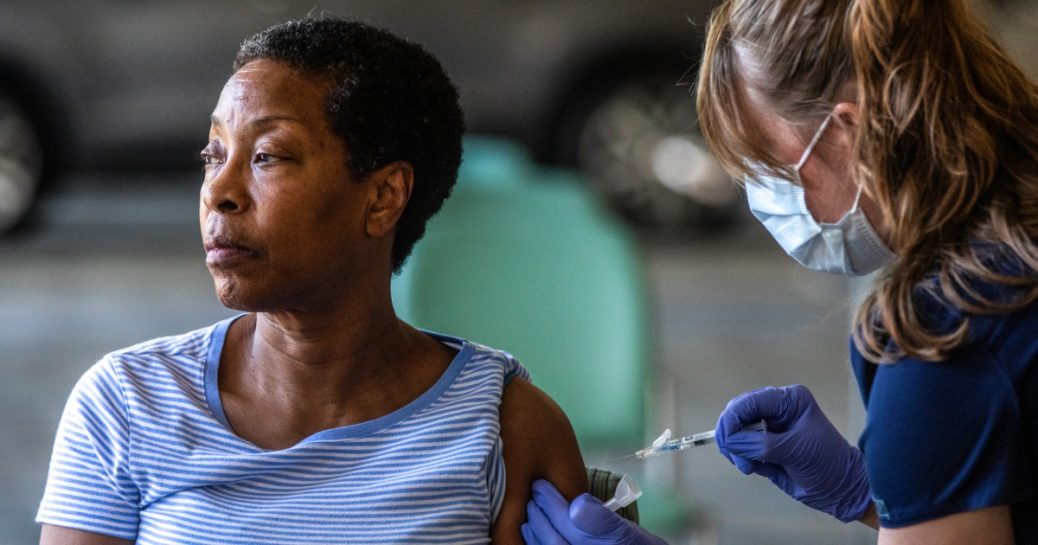
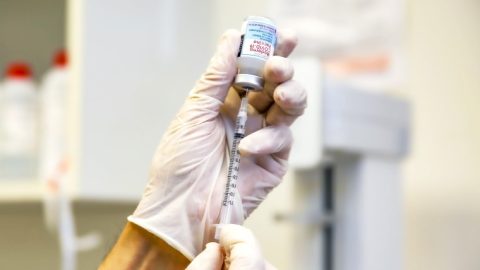
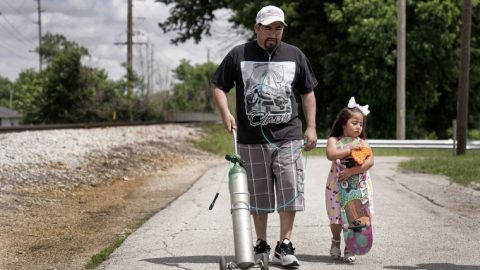
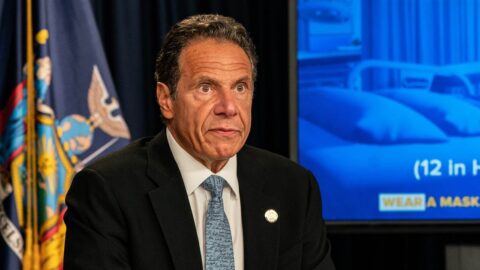
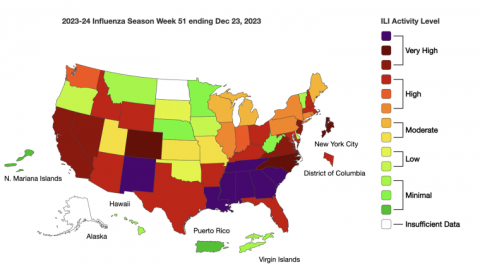
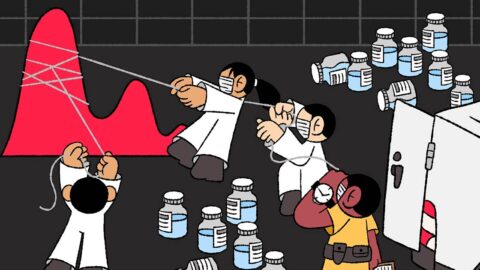
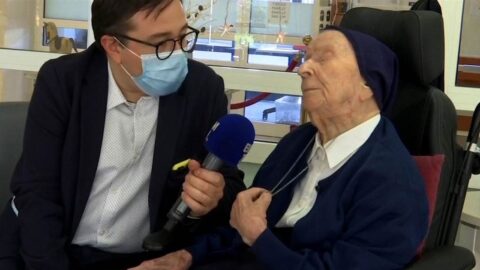


Recent Comments